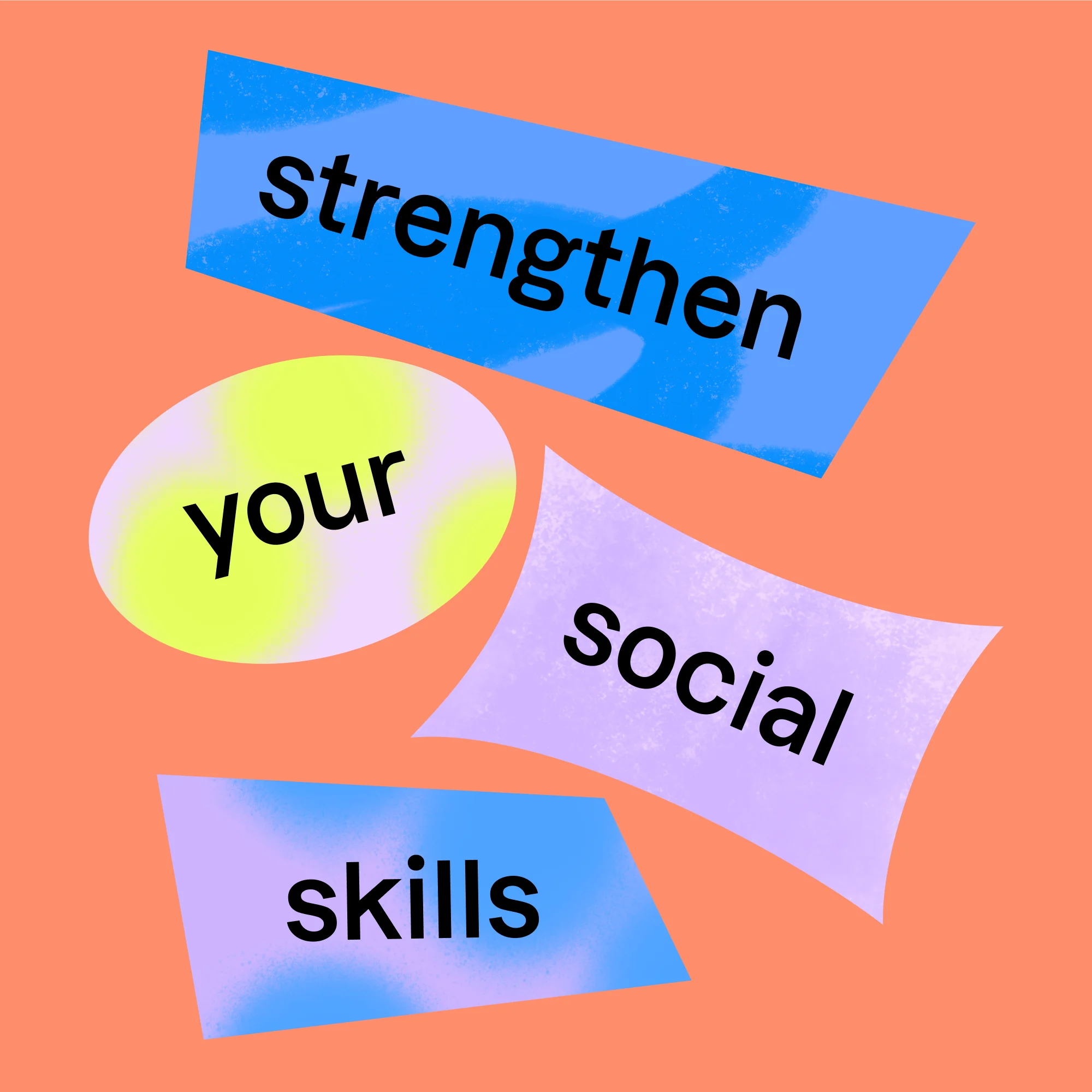Dyspraxia is a neurodevelopmental disorder that affects the planning and coordination of fine and gross motor skills. It is often diagnosed in childhood. Dyspraxia can cause life-long challenges with memory, judgment, perception, information processing, and other cognitive skills. Another term for this condition is developmental coordination disorder (DCD).
Dyspraxia can affect every area of a person’s life, including their communication abilities, their job, and their social activities. For example, a person with dyspraxia may have difficulty with routine tasks, such as driving and cooking. This is due to a disconnect between the neurons in the brain that control motor skills and sensations.
In a previous article, we discussed possible causes of dyspraxia and how it affects children. This complementary guide explains how dyspraxia affects teens and adults and what kinds of treatment can help. Each person with dyspraxia will have different challenges and abilities. A variety of therapies can help adults with dyspraxia improve their motor skills and overcome many of these challenges.
Take our free screener
Do you want to improve your communication? Take our online screener and find out if you or a loved one could benefit from speech therapy.
 Start the screener
Start the screenerWhat are the signs of dyspraxia in adults?
Dyspraxia affects people differently. That means symptoms of dyspraxia will look different for each person. Dyspraxia may impact a person’s:
Movement and coordination
Speech and language
Executive function skills, which involve the ability to plan, organize, and get things done
Focus
Memory
Visual perception
Sensory integration
Emotional regulation
Adults with dyspraxia may have problems in areas such as time management, organizational skills, and interpersonal relationships. They might have difficulty with memory and concentration. It may be hard for them to interact with other people or to express themselves with spoken or written language. These challenges can lead to a variety of emotional and behavioral problems, including low self-esteem and anxiety.


While this isn’t a complete list, below are some of the specific challenges a person with dyspraxia may notice.
Speech and language:
May talk continuously
Often repeats themselves
Difficulty with organizing sentences that make sense
Difficulty following directions
May have unclear speech with difficulty saying certain sounds or words
Limited ability to control the pitch, volume, and rate of their speech
Social communication skills:
Difficulty listening to people, especially in large groups
Challenges with recognizing and understanding nonverbal cues
Difficulty judging the tone or pitch of a person’s voice for social purposes


Cognitive skills:
Difficulty with planning and organizing thoughts
Problems focusing (may seem erratic)
Problems with math, reading, and spelling due to difficulties with sequencing
Fine motor skills:
Limited ability to complete two-handed tasks, resulting in difficulty using utensils, cleaning, or cooking
Difficulty with typing, writing, and drawing
Challenges with dressing and grooming
Gross motor skills:
Poor posture and balance
Difficulty with sports that involve jumping and cycling
Poor hand-eye coordination
Difficulty driving a car and participating in team sports
Clumsy gait; a tendency to fall and bump into things and people
For more about the signs and symptoms of dyspraxia in adults, you can visit the Dyspraxia Foundation’s website.
Find the right speech therapist for you
We'll match you with a speech therapist who's experienced in your area of need and available when you are.
 Get started
Get startedHow does dyspraxia affect people in their adult lives?
Developmental coordination disorder can have an impact on an adult’s social and professional life. That’s because it can affect their ability to focus, remember information, or speak and write clearly.
Dyspraxia can also affect a person’s ability to participate in activities like team sports, or self-care routines like shaving and applying makeup. This is because dyspraxia affects balance, coordination, and motor planning.
For some people, very mild symptoms may disappear over time. However, most people with dyspraxia will continue to have challenges in their teen and adult years. For these reasons, receiving the right support and accommodations is essential for people with dyspraxia. Ongoing dyspraxia symptoms may become more manageable when an effective treatment plan is in place.


How is dyspraxia diagnosed and treated?
There is no cure for dyspraxia. Because dyspraxia affects each person differently throughout their life, the goal is to support each person’s individual needs at each stage.
According to the Dyspraxia Foundation, “The best way to treat dyspraxia is to find the most effective therapy to address each symptom.” For example, speech therapy would help a person with speech production or language challenges. Other therapies for dyspraxia may include occupational therapy, physical therapy, eye vision therapy, psychological therapy, and cognitive behavioral therapy.
Because dyspraxia affects people differently throughout their life, the goal is to support each person’s individual needs at each stage.
Dyspraxia can be diagnosed or identified by a medical doctor. Other professionals may also assess and treat developmental coordination disorder. These include:
Speech therapists
Physical therapists
Occupational therapists
Psychologists


How does therapy help adults with dyspraxia?
The right kind of therapy can make a big difference for people with dyspraxia! Here are some examples.
Speech therapy for dyspraxia can focus on any speech, language, cognition, or feeding/swallowing skills that are affected by motor and coordination challenges. Speech therapy can help people make certain speech sounds, speak clearly in coherent sentences, or build independence with social skills.
Occupational therapy for dyspraxia focuses on improving motor skills by working on motor tasks, such as handwriting, and self-care activities, such as shaving.
Physical therapy can address balance and muscle tone.
Vision therapy can help with vision and perception issues, such as problems with eye tracking.
Cognitive behavioral therapy can help individuals learn how to change their thinking patterns and cope with the challenges of this condition.
As a teen or adult with dyspraxia, the most important thing you can do is advocate for yourself. Take time to learn and understand this diagnosis and your own needs and abilities. This will help you work with the health care and education professionals on your care team.
To learn more about dyspraxia and find resources that can help, check out The Dyspraxia Foundation USA.
How Expressable Can Help
Concerned your child isn't reaching age-expected milestones? Looking for communication support from a professional? Expressable is a national online speech therapy practice serving children and adults. We treat all major areas of communication and feeding, offer flexible hours including evenings and weekends, and accept most major health insurance plans. We’re proud to have earned more than 3,000 5-star reviews from our clients (4.9/5 average).
Our therapy model is centered on parent and caregiver involvement. Research proves that empowering caregivers to participate in their loved one’s therapy leads to better outcomes. That’s why we combine live, 1-on-1 speech therapy with personalized education and home practice activities for faster progress.
Communication is more than words. It’s how we share how we feel and show who we are. We’re here to help you or your child do just that.

 Alexis Irazoque, M.S., CCC-SLP
Alexis Irazoque, M.S., CCC-SLP












